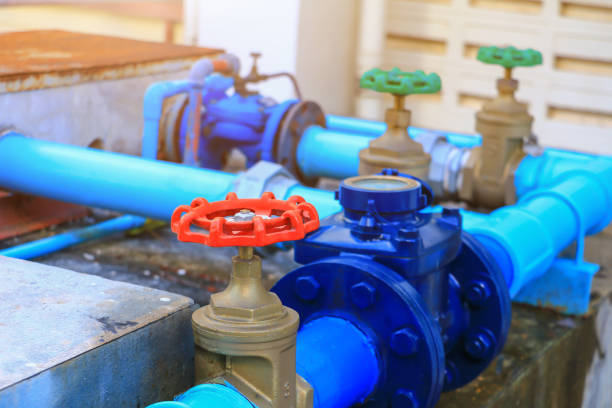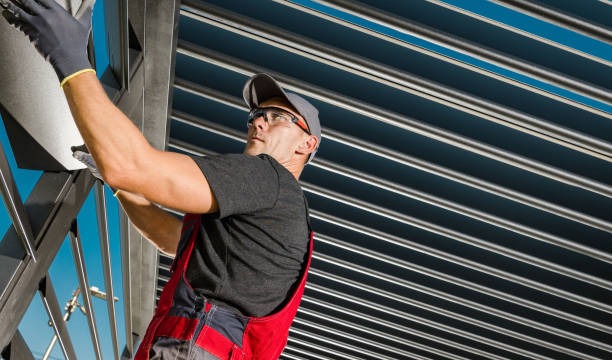Smart Choices in Water Line Restoration: What Every Homeowner Should Know
Water lines deliver clean water to homes day and night without homeowners giving them a second thought. However, when an underlying issue occurs, the signs can initially be subtle but quickly grow into larger, more disruptive problems. A sudden or gradual loss of water pressure is one of the earliest indicators that something might be wrong. Puddles in the yard, especially in spots that stay wet even after the weather dries out, can mean water leaks underground. Unexplained increases in your monthly water bill are another severe warning, potentially signaling significant leakage occurring out of sight. Catching these issues early is key, as neglect can result in greater expenses or even water damage to your property.
Beyond visible or financial warning signs, unusual sounds like gurgling from your pipes, or visible discoloration and particles in your tap water, often suggest troubled pipes beneath your home or yard. Experts at a reliable water line repair company can help quickly diagnose and address these issues. Acting proactively prevents inconveniences such as being without water and keeps repair costs from ballooning. Household leaks result in nearly 1 trillion gallons of wasted water each year nationwide, a large portion of which stems from undetected underground water line issues. Addressing these signs promptly can contribute to significant water savings and a healthier home.
Common Causes of Water Line Damage
Understanding what typically causes water line problems helps homeowners and property managers protect their systems before trouble strikes. One of the leading reasons for water line damage is tree root intrusion. As trees mature, their roots instinctively migrate toward sources of moisture, making buried water lines an attractive target. Over time, roots can infiltrate pipes through small cracks or joints, eventually blocking water flow or breaking the line altogether. Not all risks are from nature, however. Shifting soil, brought on by drastic weather changes—such as heavy rains or periods of drought—can strain or crack pipes lying underground.
Corrosion is a constant threat, especially for homes built before the 1980s, where galvanized steel or iron pipes are standard. Over the decades, internal rust and mineral deposits can compromise pipe strength and decrease water quality. Additionally, in colder regions, pipes may freeze in winter, and expanding ice can cause cracks or even total failures overnight. A proactive approach to landscaping, regular soil monitoring, and understanding your property’s plumbing history goes a long way in limiting these risks.
Innovations in Leak Detection and Assessment
Technological advances have transformed water line leak detection. Previously, locating a leak required invasive digging and multiple exploratory holes, disrupting landscaping and increasing costs. Now, acoustic sensors “listen” underground for signs of water movement, identifying issues with high accuracy. Infrared cameras detect temperature changes, revealing cold or damp earth patches above leakage. These technologies and sensitive smart meters enable early leak detection, often before visible signs appear.
Repair or Replace? Weighing Your Options
When a water line problem is uncovered, homeowners often face a critical decision: repair a section of the pipe or replace it entirely. This decision can depend on several factors, including the line’s age and material, the damage’s severity, and the history of previous repairs. Minor leaks or isolated damage can sometimes be effectively fixed with a simple repair, restoring complete function quickly. However, pipes that have suffered widespread corrosion, recurrent leaks, or extensive root intrusion may be better candidates for replacement.
Choosing replacement over repeated patch jobs may initially seem like a significant cost. Still, it frequently delivers long-term savings by reducing future calls for service and water-related damage repairs. Consulting with a professional ensures a tailored approach based on a detailed property assessment. While temporary fixes may provide short-term relief, choosing the proper long-term solution helps avoid compounding expenses and disruption in the future.
Choosing the Right Water Line Materials
Water line replacement and new installations require carefully considering materials to ensure performance and durability. Copper remains a top choice for many, prized for its strength and ability to resist most forms of corrosion. It has a proven lifespan of 50 years or more, although its installed cost is higher than other contemporary materials. In recent years, PEX (cross-linked polyethylene) has surged in popularity. Its flexibility makes installing easier and cheaper, reducing labor costs and the risk of bursting during cold snaps.
- Copper: Offers decades of reliable service and is naturally antimicrobial, but it can be expensive depending on global copper prices.
- PEX: Lightweight, easy to install without soldering or gluing, and highly resistant to scaling and chlorine corrosion.
- HDPE: This robust plastic is especially popular for trenchless installations. It is rigid, flexible, and essentially immune to rust or corrosion.
Local building codes, soil type, and climate influence the best water line material. As cities move away from outdated materials like lead or galvanized steel, homeowners are encouraged to ask their plumbers which options strike the best balance between longevity, environmental impact, and cost.







